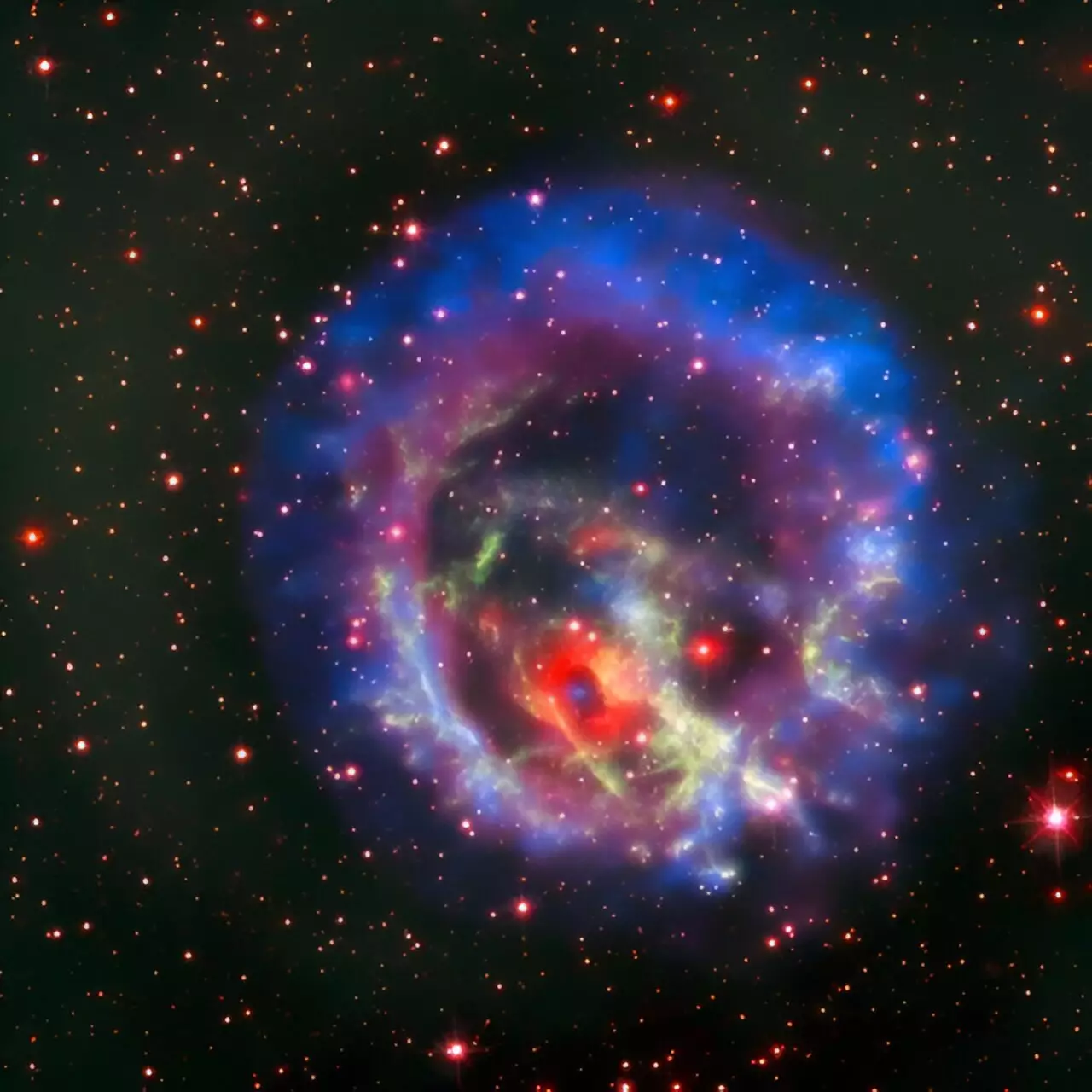In the realm of particle physics, the pursuit to decipher the mysteries of the universe often leads scientists to probe into extreme forms of matter that existed shortly after the Big Bang. An exciting avenue of research focuses on recreating the conditions present during the early universe, where matter transitioned into a quasi-liquid state made up of fundamental particles—quarks and gluons. Recent theoretical developments from physicists at RIKEN, a prominent research institution in Japan, suggest that experiments designed to investigate this unique phase also have the potential to generate extraordinarily powerful electromagnetic fields.
The theoretical landscape surrounding the conditions of the early universe is vastly complex. Conventional knowledge, encapsulated in the Standard Model of particle physics, posits that under extreme temperature and pressure conditions, baryonic matter transforms into a plasma state. However, as stated by Hidetoshi Taya of the RIKEN Interdisciplinary Theoretical and Mathematical Sciences Program, there is considerable uncertainty surrounding these assumptions, particularly at the ultrahigh densities that would have prevailed during those early moments post-Big Bang. There is a pressing need for experimental verification to confirm these theoretical predictions, particularly concerning the behavior of matter at such extreme states.
To experimentally recreate the conditions necessary for observing quark-gluon plasma, physicists employ heavy-ion collision experiments. These tests typically involve the collision of charged ions at high energies, yielding temperatures sufficient to potentially produce this elusive plasma state. Traditionally, these experiments have leaned towards producing high temperatures through high-energy collisions. However, a shift in focus is occurring, with several laboratories worldwide pivoting toward intermediate-energy collisions that promise to create high-density plasmas. This shift is crucial because it mimics conditions encountered in the universe’s birth as well as in astrophysical phenomena such as neutron stars and supernova explosions.
In a groundbreaking theoretical analysis, Taya and his colleagues propose that these heavy-ion collision experiments will not only produce quark-gluon plasma but will also inadvertently generate ultrastrong electromagnetic fields—much stronger than those created by current intense laser technologies. This realization opens up a new frontier in researching extreme electromagnetic phenomena that might reveal previously unknown physical laws. Taya draws a striking comparison by stating that current intense laser beams are dwarfed by the strength of the fields anticipated in proposed collision experiments, with a single laser equating to the output of hundreds of trillion light-emitting diodes.
This discovery is pivotal, as such strong electromagnetic fields were not previously producible in particle physics experiments. Theoretical simulations suggest that electric fields generated during intermediate-energy heavy-ion collisions could persist long enough to facilitate the exploration of strong-field physics, a branch that remains largely uncharted due to past experimental limitations.
Despite the promising theoretical groundwork laid by Taya and colleagues, a significant hurdle lies ahead for experimental physicists. Direct measurements of the electromagnetic fields resulting from heavy-ion collisions will not be feasible; instead, researchers will analyze the byproducts—i.e., the particles generated in these collisions. To robustly validate their predictions, scientists must decipher how these strong electromagnetic fields influence the behavior of observable particles. This step is integral to understanding the underlying physics and confirming the theoretical framework suggested by Taya’s analysis.
As scientists embark on this journey to explore the ultrahigh-density matters of the universe, the unforeseen byproduct of ultrastrong electromagnetic fields provides a compelling opportunity to uncover novel physical phenomena. This dual challenge of layering our understanding of quark-gluon plasma while simultaneously grappling with the consequences of extreme electromagnetic fields heralds an exciting period in particle physics. Continued experimental validation of theoretical predictions will not only enrich our understanding of the early universe but may also unravel complex interactions that govern the fundamental nature of matter itself. In this venture, collaboration among global research teams will be paramount as they strive to push the boundaries of our current scientific knowledge and uncover the mysteries encapsulated within the cosmos.


Leave a Reply